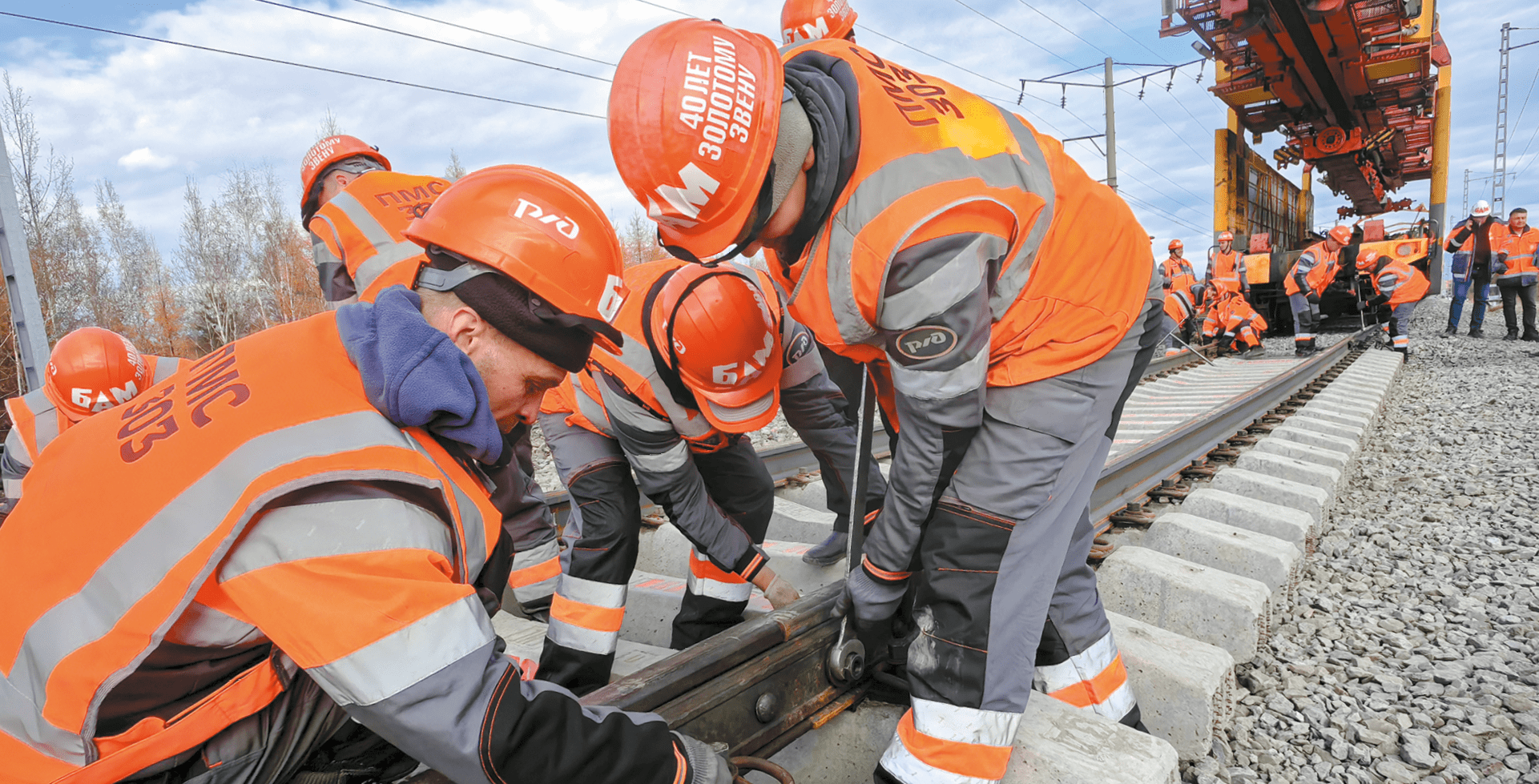Occupational injuries
GRI 403–9The consistent policy of Russian Railways in health and safety seeks to ensure zero fatal occupational injuries caused by employees. The Company engages in comprehensive efforts to prevent accidents and occupational diseases.
Workplace injuries sustained through the fault of employees/employer according to Form No. 7 (Injuries)Data based on Federal Statistical Observation Form No. 7 (Injuries): Occupational Injury and Occupational Disease Data (in line with the instructions on the completion of federal statistical observation forms). decreased by 25% over the last five years (from 100 in 2020 to 75 in 2024), including:
- fatalities down by 39% (from 23 to 14 injuries);
- severe injuries down by 24% (from 34 to 26 injuries);
The workplace injury frequency rate with respect to injuries sustained through the fault of employees/employer (Form No. 7 (Injuries) – number of injuries per 1,000 workers) fell by 21% over five years (from 0.145 in 2020 to 0.115 in 2024).
The number of group accidents over the past five years (from 2020 to 2024) increased by 50% (from 8 to 12 cases), and the total number of injuries grew by 82% (from 17 to 31 injuries), with 90% of group injuries over the five-year period sustained not through the fault of employees/employer.
The lost time rate, which measures the number of lost working days per 1,000 workers (due to workplace injuries), was down 10% y-o-y.
Primary causes of occupational injuries are:
- poor procedures for, and control over, operations;
- violations of operational procedures.
Following each severe or fatal injury involving a Russian Railways employee, all Company branches receive updates about the injury and its causes. Each fatality is reviewed by branch managers, with development of preventive steps and identification of employees who caused the accident.
Injuries of contractors
Accidents involving contractors at Russian Railways sites are at all times reviewed by the Company. However, due to its size and structure, Russian Railways keeps no records of contractors’ injuries. The procedure of contractor authorisation is always aligned with the Company’s in‑house regulations.
Prevention of occupational injuries
Health and safety management mode depending on occupational injury rate
In 2024, units of Russian Railways branches continued introducing contingency health and safety management modes depending on occupational injury rates as a tool to prevent occupational injuries.
In order to prevent future occurrences of the circumstances and root causes of workplace accidents, an additional set of measures was carried out whenever a contingency health and safety management mode was put in place.
Control over health and safety management system
As part of its control over health and safety management in 2024, the Company held:
- six targeted inspections (at the Central Directorate of Infrastructure and its units – the Track and Structures Department, the Automatics and Telematics Department, the Railcar Fleet Maintenance Department, the Directorate of Work Train Operation, and the Infrastructure Diagnostics and Monitoring Directorate;
- two due diligence checks at the North Caucasus and South‑Eastern railways.
We reported the results of these control measures to and had them reviewed by senior executives of the units under review, with corrective measures implemented and disciplinary action taken against employees who caused violations of health and safety requirements.
Public control over health and safety compliance
The Company has positions of a health and safety officer of the primary trade union organisation of Russian Railways. In 2024, we had a total of 11,600 health and safety officers across the Company.
Those who are strongly engaged in measures to ensure the safety of Russian Railways employees are recognised as the Best Health and Safety Officers in Railway Industry. In 2024, this title was awarded to 50 employees of Russian Railways branches based on their performance in 2023.

